What is an appointed person – First aid is the immediate assistance provided to an individual who is unwell or injured. The primary objective of a first aider is to promptly aid the casualty, ensuring their safety as well as that of those around them, including themselves. Workplace first aiders can manage minor injuries like cuts, bruises, or minor burns without further assistance. However, in the case of severe injuries, first aiders must comfort the casualty as they await medical assistance from a doctor, medical professional, or hospital.
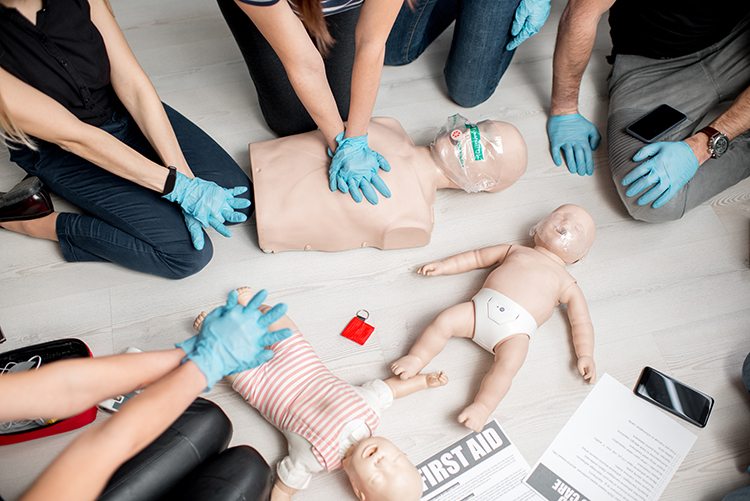
What is an appointed person? – defined by the Health & Safety Executive HSE
An appointed person is someone who is in charge of your first aid arrangements. This includes looking after the equipment, facilities and calling the emergency services.
You can have more than one appointed person and they don’t need to have any formal training.
An appointed person must always be available whenever people are at work.
Employers have a legal obligation to provide immediate first aid assistance to their employees in case of injury or illness while at work, in compliance with the Health and Safety (First Aid) Regulations 1981.

The level of first aid equipment and facilities that are “adequate and appropriate” will depend on the specific circumstances of the workplace. However, every worksite must have a fully stocked first aid kit and an appointed person in charge of first aid arrangements, at a minimum. Being the appointed person for first aid is a significant responsibility that should never be underestimated.
Suggested number of first-aiders required in the Workplace
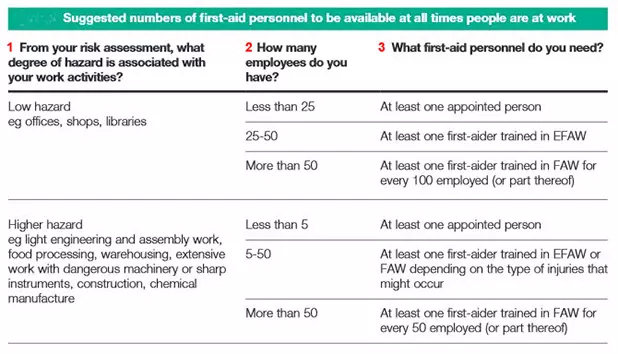
Individuals in such a position must possess a basic level of first aid training, such as an Emergency First Aid qualification. Attending this one-day course offers a three-year certificate, and it is imperative to attend annual refreshers to maintain the certification.
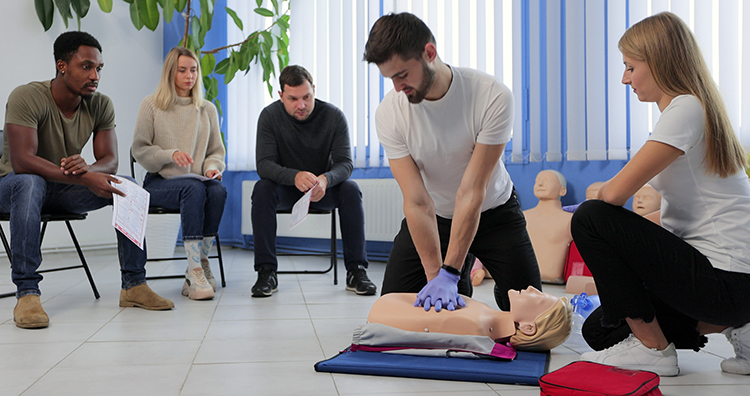
According to the Health and Safety Executive (HSE), employers must conduct a First Aid Hazard Assessment. This will identify the specific requirements for their workplace. It is crucial to remember that accidents can occur at any time. Therefore, first aid provisions must be available at all times while people are working, including when they are driving or working offsite.
The HSE expects every vehicle, whether personal or company-owned, that is used for work or job-related purposes, to have a first aid kit.
Responsibilities of an ‘alternative workplace’ first aider:
All workplaces, regardless of their uniqueness, must comply with the Health and Safety (First Aid) Regulations 1981. Employers must conduct a First Aid Hazard Assessment to determine the specific requirements for their workplace. Furthermore to identify the necessary equipment, bandages, and other aids that should be included in their first aid kit. It’s crucial to note that the level of first aid coverage required will vary significantly between workplaces. For example, a building site will necessitate different coverage than a school or office. The HSE has released case studies for informed first-aid choices. Employers who follow these measures can ensure that their workplace is well-equipped to handle potential injuries.
For more information on our First Aid courses please email us. Or why not call us on 0151 515 0416 and ask to speak with one of our Training Consultants.

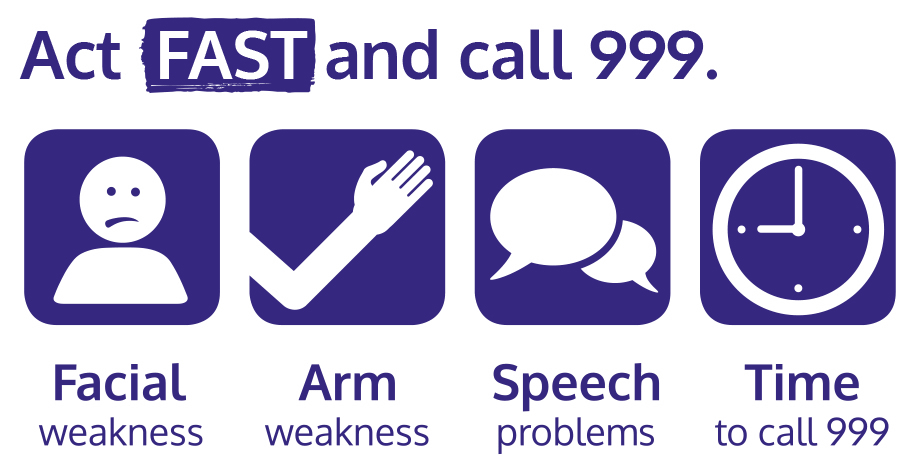
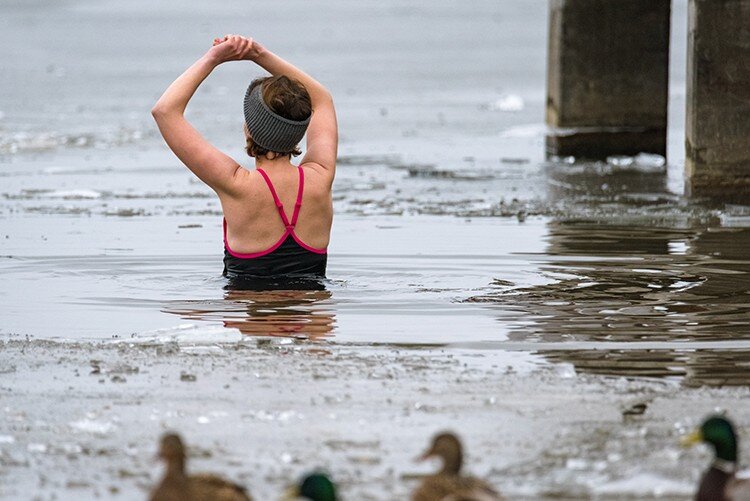

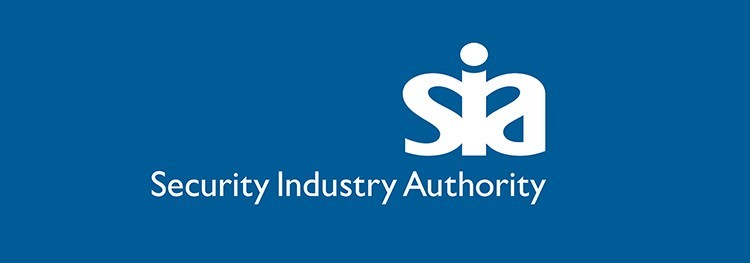
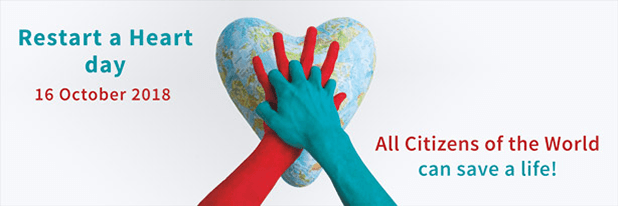

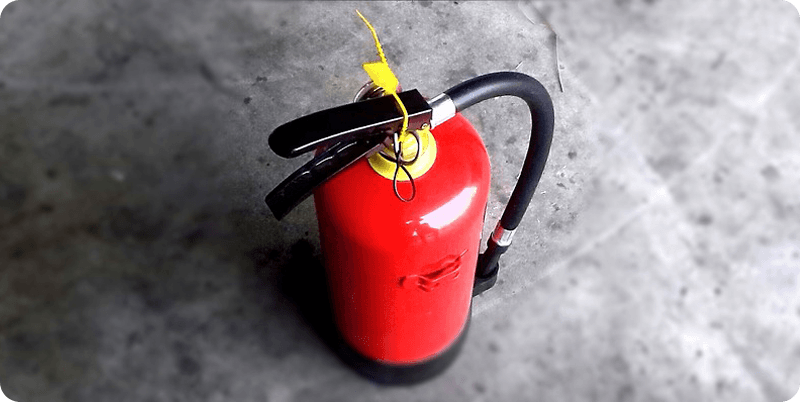
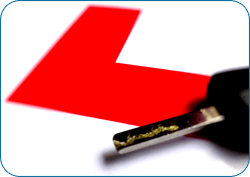 A new Bill which would make first aid training mandatory to receive a driving licence has been introduced to Parliament. The Driving Licence (Mandatory First Aid Training) Bill was presented to the House of Commons by Will Quince, Conservative MP for Colchester, on 8 March 2016.
A new Bill which would make first aid training mandatory to receive a driving licence has been introduced to Parliament. The Driving Licence (Mandatory First Aid Training) Bill was presented to the House of Commons by Will Quince, Conservative MP for Colchester, on 8 March 2016.